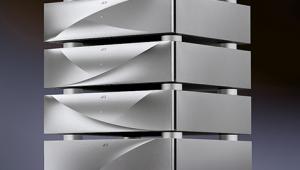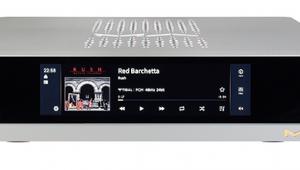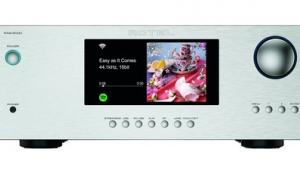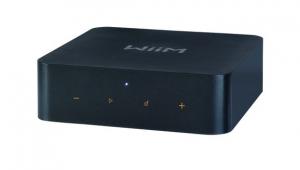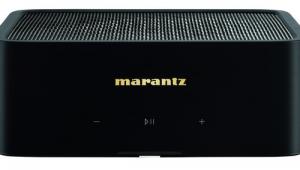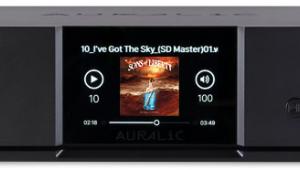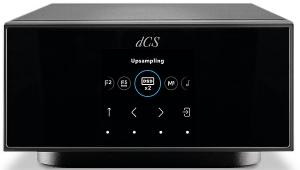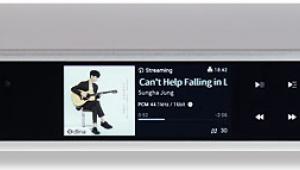EarMen Staccato/Tradutto/CH-Amp and PSU-3 Streamer/Headphone Amp
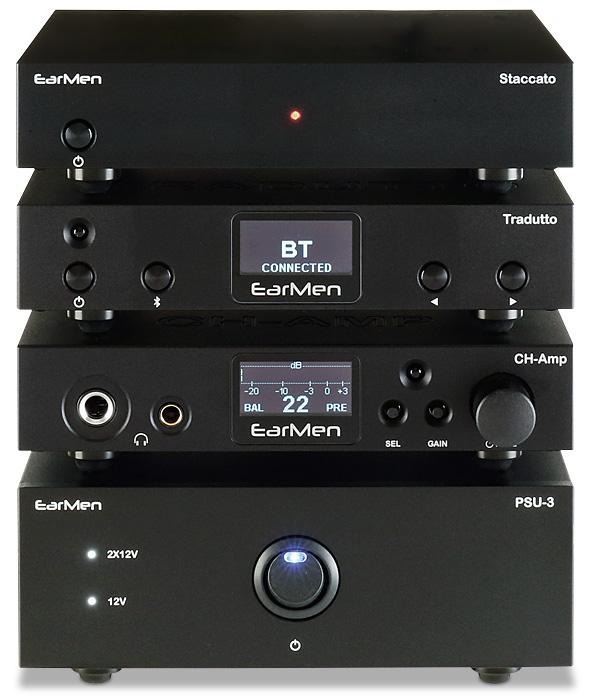
 A Serbian brand based in Chicago packs a streamer, DAC and headphone amplifier into three bijou cases, topped off with a bespoke outboard PSU. We lend an ear, man
A Serbian brand based in Chicago packs a streamer, DAC and headphone amplifier into three bijou cases, topped off with a bespoke outboard PSU. We lend an ear, man
Although UK readers might not recognise the EarMen moniker, it's certainly not a newcomer to the world of hi-fi. Its back story is quite convoluted, for although EarMen is based in Chicago, it's funded by the owner of Serbia's Auris Audio, Milomir Trosic, and most products are produced in the same Serbian factory. Auris is aimed at the premium market, with products including the Euterpe and the Nirvana – both headphone amplifiers lavishly adorned in wood and even leather – plus a neat line of luxurious-looking tube amps and even some turntables on offer.
By contrast, EarMen started off focusing on affordable and often portable DACs – think smallish USB units well suited to connecting a mobile device. This makes the collection of three products reviewed here something of a departure for the brand.
The Staccato streamer (£999), Tradutto DAC (£799) and CH-Amp headphone amplifier (£1349, with PSU-3 power supply)are all sold separately. Combine them though, and you end up with a desktop system that should entice the discerning headphone enthusiast. The 'stack' price is even better value at £2999.
A Classical Quartet
The CH-Amp, Staccato and Tradutto are built into matching, slab-like, 30mm-high black alloy cases, while the partnering PSU-3 – with large on/off button on its front panel – is 60mm high. A headphone amplifier bundled with a discrete but hefty power unit? Not very conventional – but it quickly becomes apparent why the brand followed this path when you look around the rear of the PSU-3. Next to the 12V output required for the CH-Amp amp are three additional power connections. These are useful if you opt for the full stack, as both the Staccato and the Tradutto can be powered by the PSU-3. The required cables are included in the box.
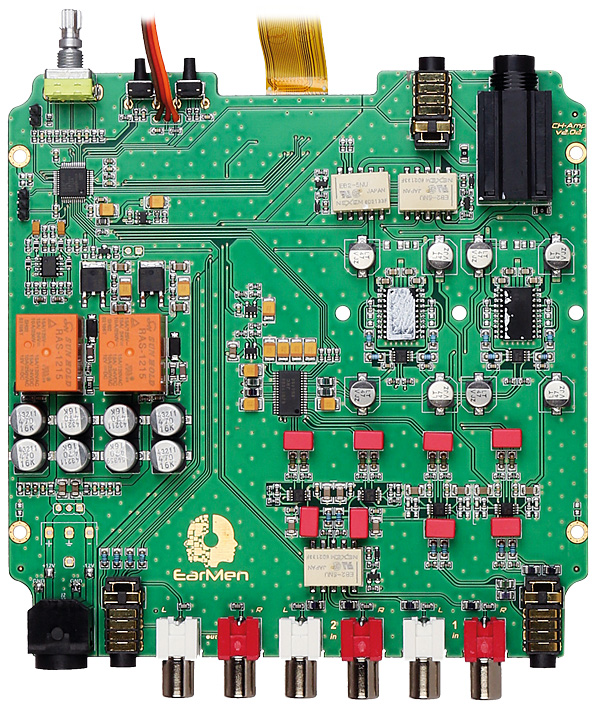
The chassis each have four soft feet, leaving a gap of about half a centimetre between each unit when stacked and making for a very modest but still imposing tower of sound. To this end, the CH-Amp is rated at 1.5W and, in balanced mode, 3.8W/32ohm. The finishing touch is a full-metal USB-C-charged miniature remote bundled with the CH-Amp to also control the Tradutto DAC. You get a remote handset with the Tradutto too, but this is limited to commanding that device only.
Following The Path
Equally modest are the petite OLED displays on the Tradutto and CH-Amp, which offer the barest of information in a small typeface. However, as the primary use case will find these units placed right next to your computer, this isn't a dealbreaker. The recessed buttons on the CH-Amp are small though, making input and the two-tier gain selection a bit fiddly.
I stacked the Staccato on top, with the Tradutto DAC below, the CH-Amp next and the PSU-3 at the base – mirroring largely the path the audio signal follows before reaching your headphone, or, utilising the pre-outs on the rear, a power amplifier or pair of active speakers. You can even do that balanced, although you'll have to go hunting for a suitable 4.4mm Pentaconn to dual XLR cable.
EarMen has embraced this new-ish balanced 5-ring jack socket for both its line-level inputs and outputs, as well as headphone output, catering for the latest models from the likes of Audio-Technica and Sennheiser. If you don't want to use unbalanced RCA cables, you can also connect the Tradutto DAC with the CH-Amp via a Pentaconn to Pentaconn cable – worth doing as both the Tradutto and CH-Amp are fully balanced designs.
Although the EarMen units are meant to be combined into a self-contained system, there's enough connectivity present to hook up other sources to the amp and DAC. The Tradutto is fitted with an optical and a coaxial input, next to a USB-B port allowing for direct connection with a computer. Note that you cannot use this connection between the Staccato streamer and the DAC, which is something of an oversight. Instead, the Staccato's USB port is intended to support external storage containing music files. According to EarMen, there are no plans to add a USB DAC mode via firmware update.



